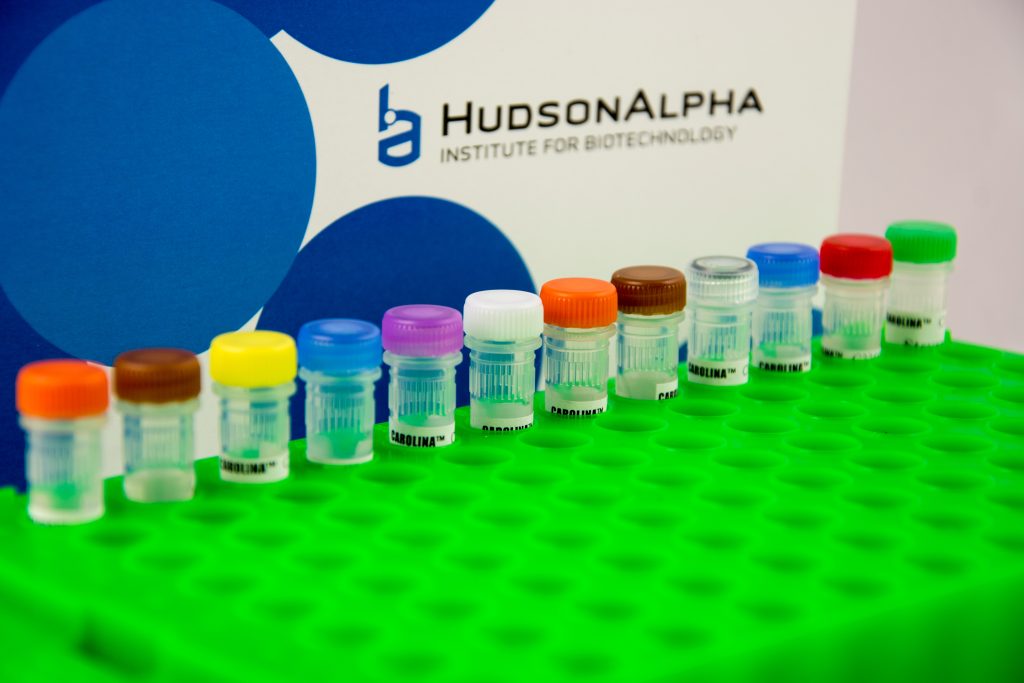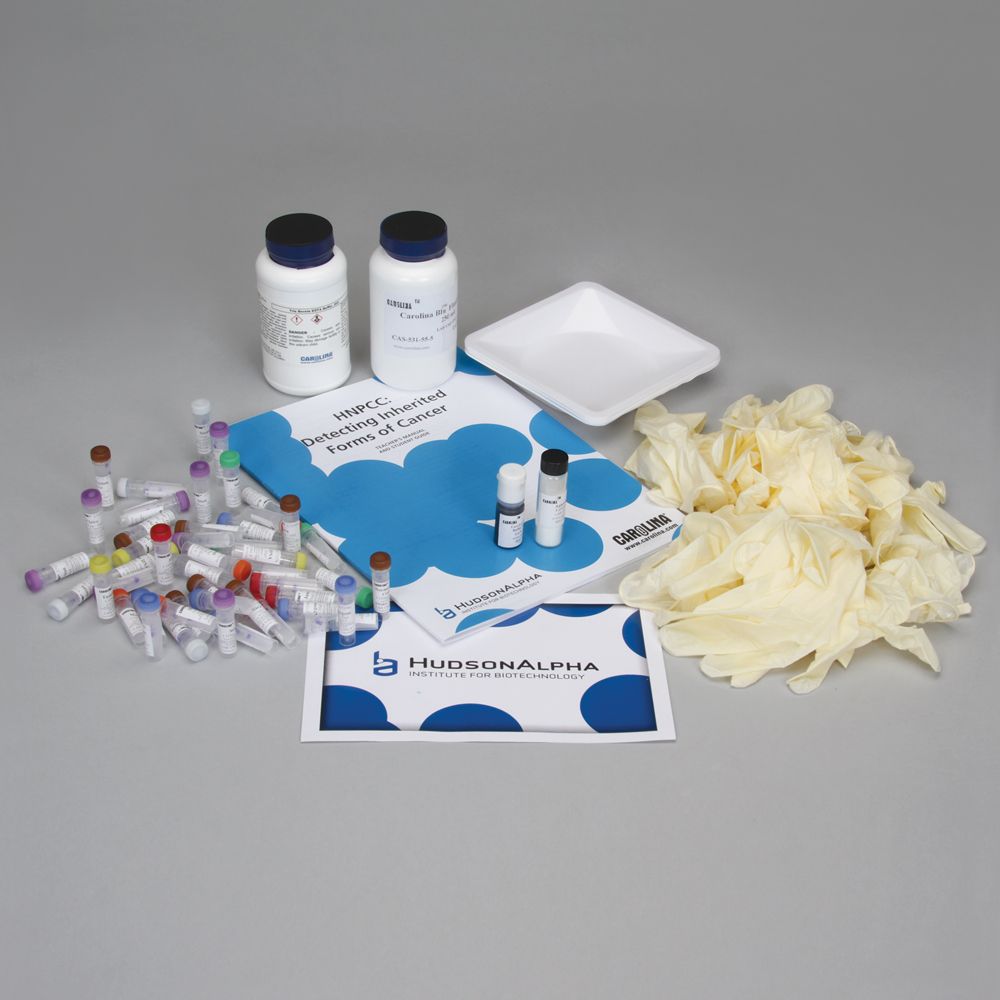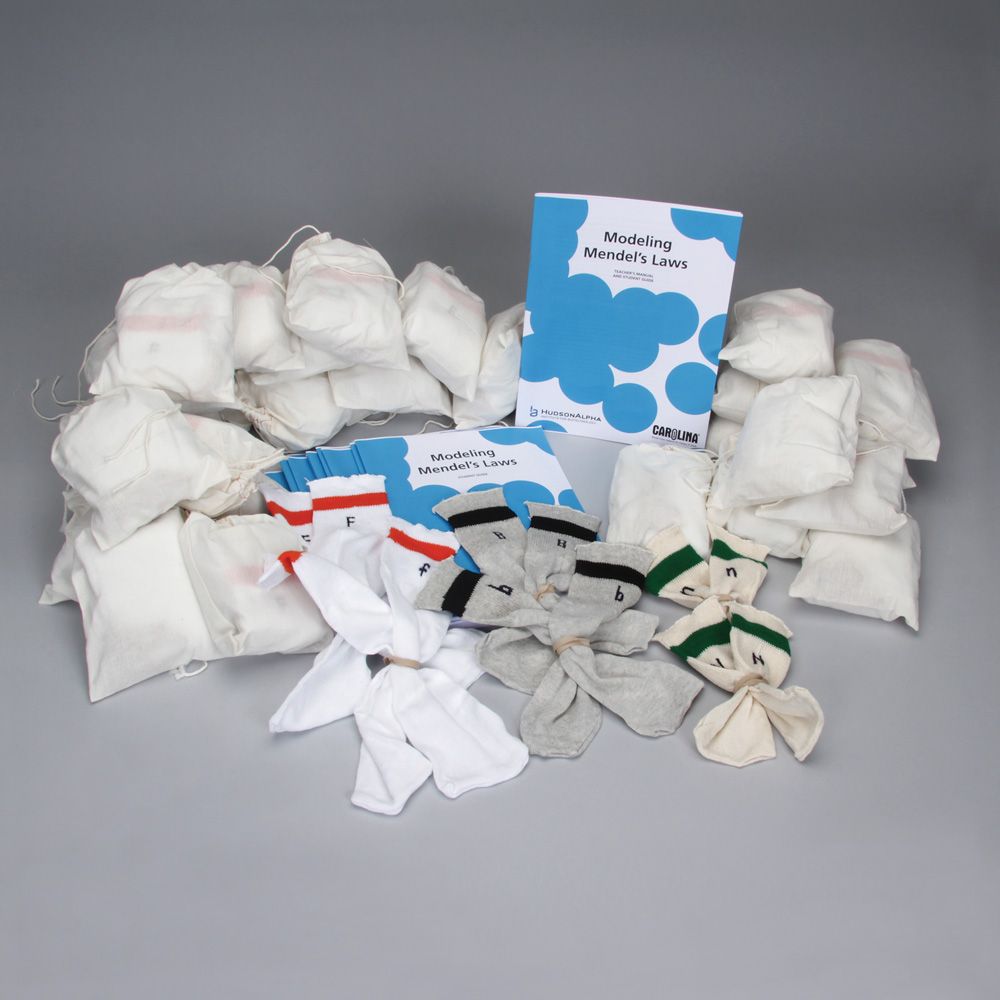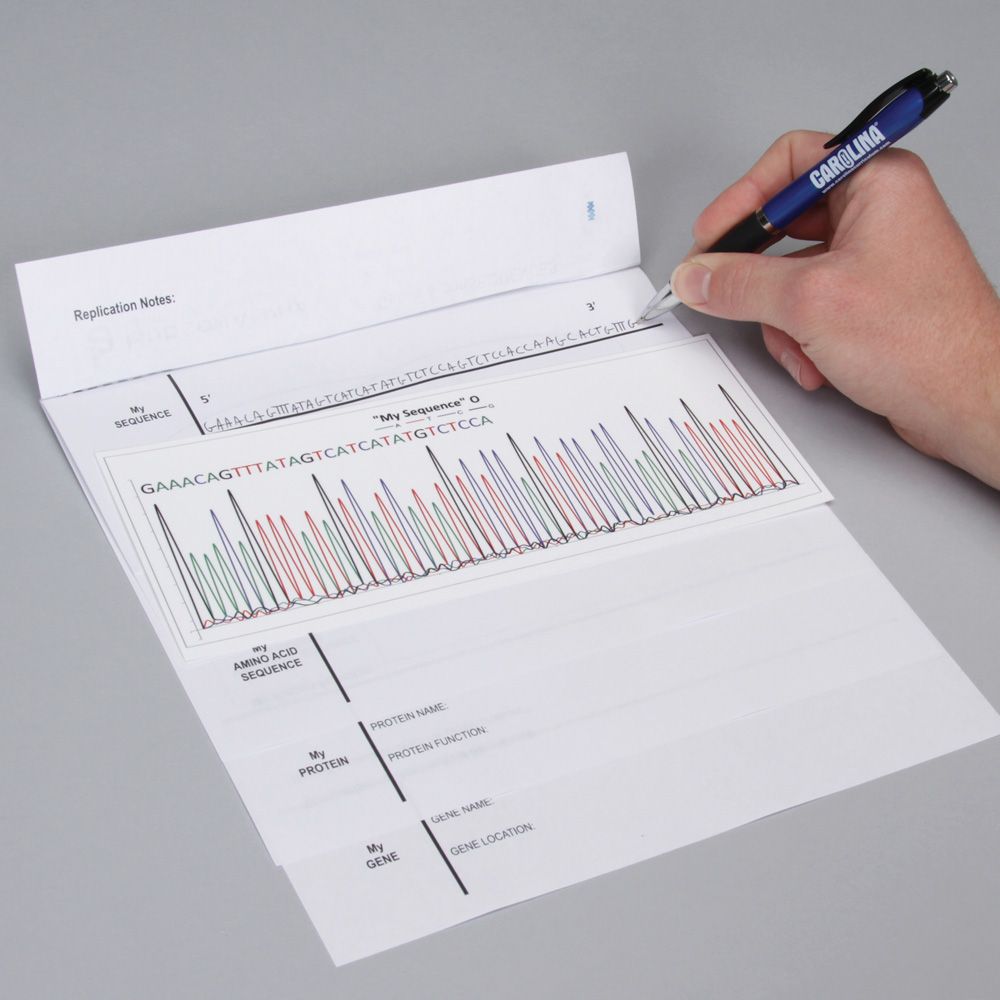Carolina Biological Supply Company is proud to partner with HudsonAlpha in its mission to prepare the future biotechnology workforce and to cultivate a more genomically literate society. Together we’ve developed hands-on learning experiences and laboratory activities that authentically immerse students in the roles of biotechnology professionals.
To learn more about HudsonAlpha and the breadth of subjects their kits address, watch Madelene Loftin, Director of Educator Professional Learning, introduce and preview some of our codeveloped kits.
HudsonAlpha captures students’ interest in biotechnology jobs.
Have your students ever asked what types of people perform the lab skills they’re learning or what they can do if they study biotechnology? HudsonAlpha kits offer dozens of scenarios where students play the role of professionals in the biotechnology field: research scientists, genetic counselors, laboratory technicians, and bioinformaticians. Students are exposed to the actual modern molecular tools that help diagnose genetic disorders in laboratories around the world today.
Career Profile
See a sample of a career profile included in many HudsonAlpha kits.
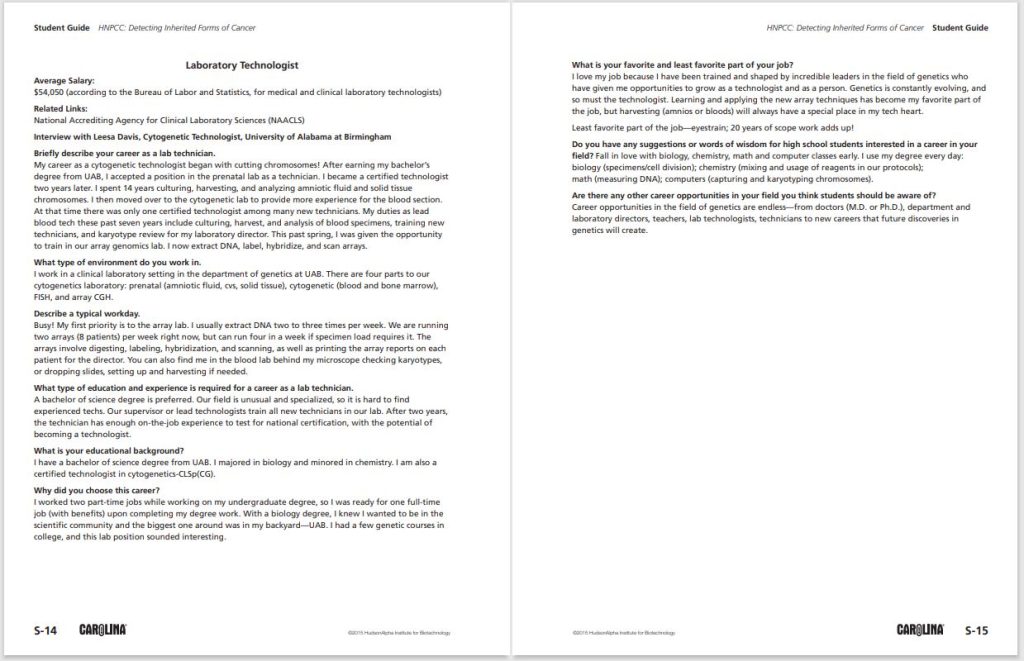
HudsonAlpha Kits
Disorder Detectives
- Activities: Karyotyping and Disease Diagnosis
Related Career(s): Cytogeneticist
Engage students with real-world karyotyping of genetic disorders using reusable chromosome decals—no more cutting out chromosomes! Featuring 15 unique patient game boards, students gain exposure to a variety of chromosome abnormalities resulting from nondisjunction, deletion, inversion, and translocation.
Shop NowHNPCC: Detecting Inherited Forms of Cancer
- Activities: Gel Electrophoresis and Pedigrees
- Related Career(s): Genetic Counselor and Laboratory Technologist
Provided a patient family case study pertaining to an inherited form of colon cancer, students construct pedigrees and complete a gel electrophoresis diagnostic test to identify and analyze a cancer-causing mutation.
Shop NowHow Do Polygenic Risk Scores Stack Up?
- Activities: construct a model of trait distribution across a population, explain what a polygenic risk score is and use it to assess an individual’s genetic risk of developing a complex disease, graph literacy.
- Related Career(s): Clinical Geneticist, biomedical researcher
How are traits, such as disease risk, distributed across a population and how can identifying an individual’s risk shape health care decision-making? This activity employs 3-dimensional boxes to represent normal and skewed population curves students use to examine polygenic risk scores and assess a person’s risk for 2 different complex diseases. In addition to teaching essential data and graphing skills, the activity also highlights a weakness in current genomic research—lack of diversity.
Shop NowAuthentic Inheritance Patterns
- Activities: Identify and Analyze Inheritance Patterns from Genetic Crosses and Pedigrees
- Related Career(s): genetic counselor, geneticist
Students determine the genetic disease of a 6-year-old patient named Mason, the disease’s inheritance pattern, and the likelihood that other family members have the same disease. To do so, student groups each examine 1 of 5 unique scenarios that include family pedigrees. They also explore how a disease can be inherited in a dominant, recessive, or X-linked pattern. Featuring reusable case cards and decals, this kit is perfect for teaching pedigrees and inheritance within an authentic, engaging medical context
Shop NowGaudy Goldfish
- Activities: Identify and Analyze Inheritance Patterns from Genetic Crosses and Pedigrees
- Related Career(s): Animal Breeder and Pet Shop Entrepreneur
Designed for grades 6–8, Gaudy Goldfish introduces students to Mendelian inheritance patterns by challenging them to take on the role of goldfish breeders by investigating genetic phenotypes, analyzing offspring data to determine inheritance patterns, and preparing a goldfish breeding plan.
Shop NowChromoSock® Kits
- Activities: Simulating Meiosis and Genetic Crosses with Punnett Square
- Related Career(s): Geneticist
Whether you’re looking for an introductory- or advanced-level meiosis activity for your classroom, ChromoSock® kits are sure to engage students and positively impact their understanding of key concepts. Using specially designed socks to model chromosomes, 3 unique kits provide a range of conceptual depth and challenge for you to choose from for your students.
Shop NowGenes and ConSEQUENCES
- Activities: BLAST Database Analysis of DNA Sequences, Interpreting Sanger Sequencing Electropherograms, and Transcription and Translation of a DNA Sequence
- Related Career(s): Bioinformatician, Computational Biologist, and Molecular Biologist
Using a patient case study and an electropherogram produced by DNA sequencing, students generate an mRNA strand and a polypeptide. Students then perform a BLAST database search to identify a gene and relate genetic changes to possible disorders.
Shop NowCollecting Cancer-Causing Changes
- Activities: Simulation of Cell Division, Mutation, and Cell Cycle Regulation
- Related Career(s): Oncologist
Using digital resources, beads, and dice, this unique demonstration of chance and randomization lets students simulate the fate of a population of cells across multiple cell divisions. The model illustrates how a population of cells becomes more varied over time, and how those changes may lead a group of cells to become more cancerous.
Shop NowMaking Sense of Uncertainty
- Activities: Examine and Analyze Evidence to Synthesize and Formulate a Scientific Argument
- Related Career(s): Clinical Scientist
Students examine multiple pieces of evidence to determine whether a genetic variant is likely to cause a patient's symptoms. Utilizing authentic case studies, students are challenged to generate a claim, evidence, and reasoning (CER) argument as they navigate concepts such as pathogenicity, primary vs. secondary findings, variant of uncertain significance (VUS), and more.
Click HereMore from HudsonAlpha
HudsonAlpha’s education outreach programs provide professional development, virtual labs, free educational resources, and more. Be sure to check out their ongoing work.

